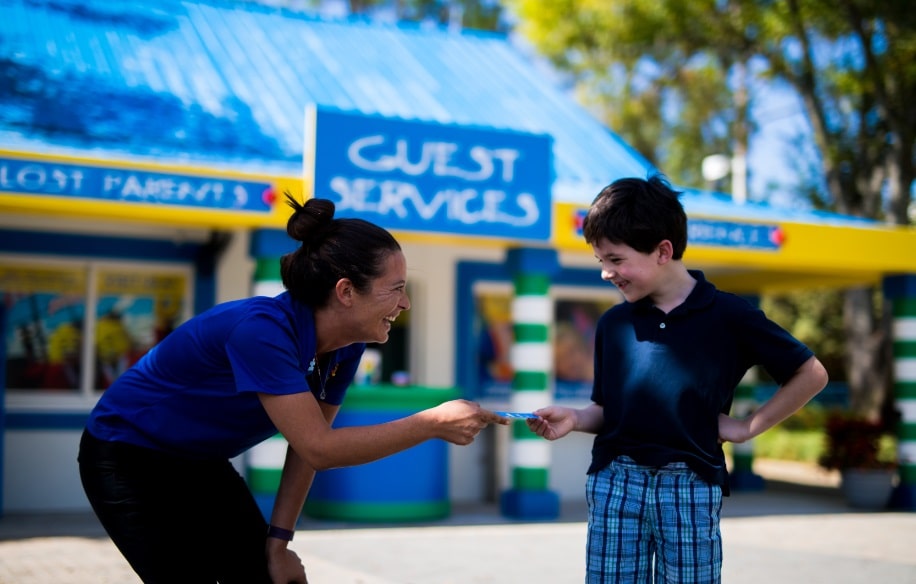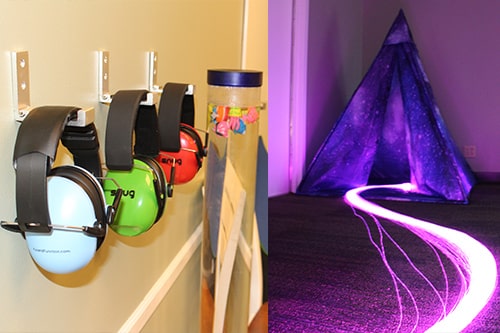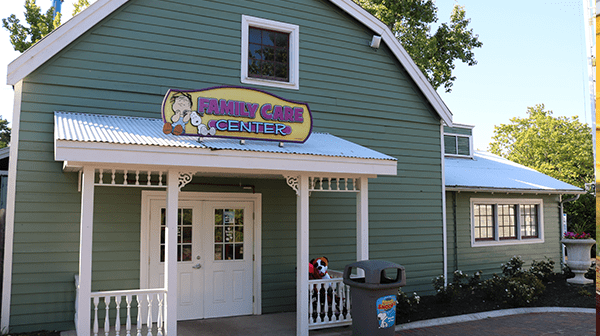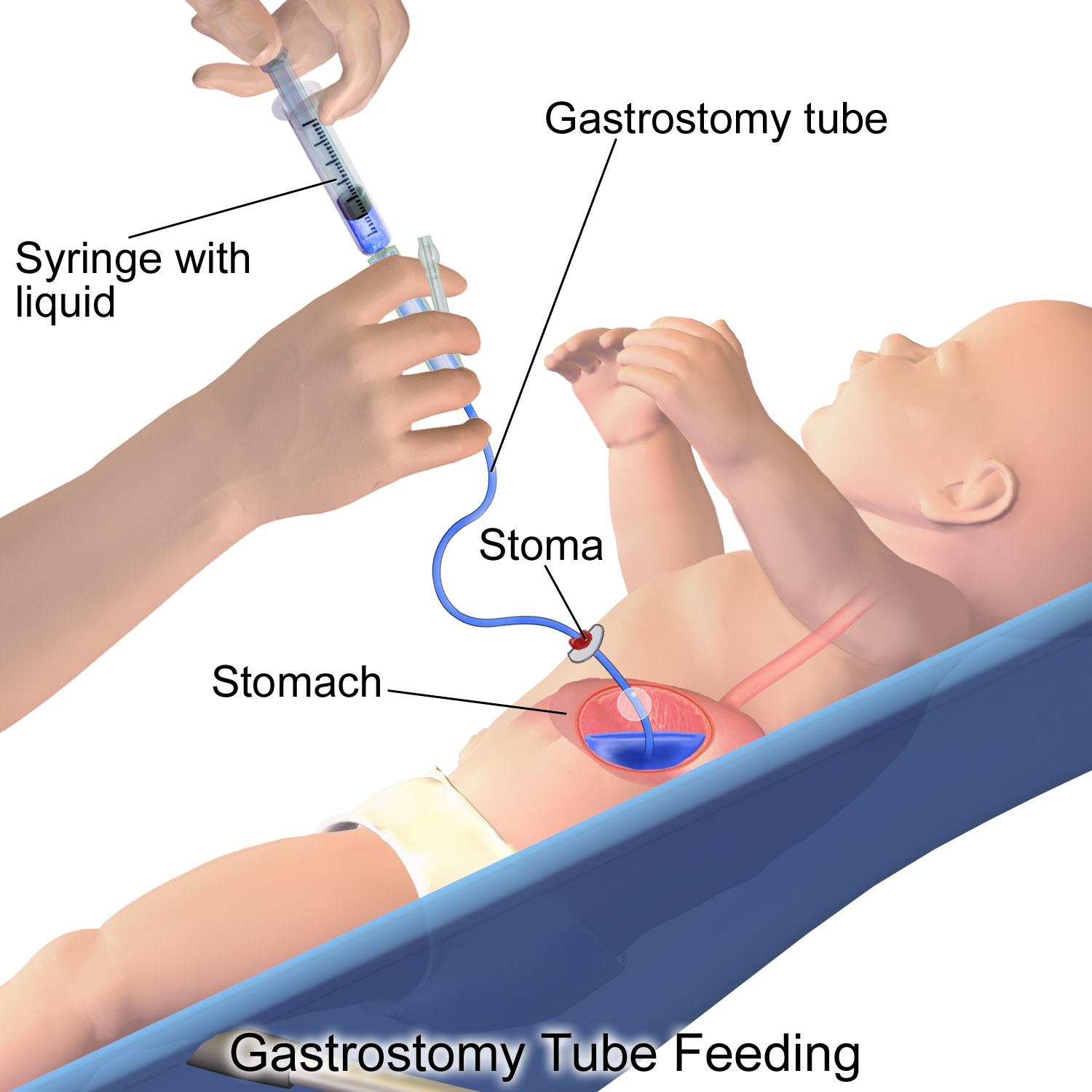By Rachel Blustain
To Eva Santiago, her son’s education has always felt like an impossible dilemma. Before elementary school, the boy was diagnosed with autism, ADHD and anxiety, and in kindergarten he was placed in a small, self-contained class for kids with disabilities.
But he was articulate and curious, so when he was 6, Santiago took him to be tested for the city’s exclusive gifted-and-talented program. She was pleased when his score earned him one of the coveted spots.
But in his larger gifted-and-talented class, he became anxious and easily upset. He fought with students and teachers and spent most of the school day roaming the halls. After he kicked a security guard and the school called the police, Santiago said, she begged administrators to return him to a self-contained class. There, at least, his teachers could manage his behavioral challenges — even if it meant he breezed through his school work and learned little.
“Other kids would still be doing the assignments and he would be done,” recalled Santiago. “He just didn’t know what to do with himself.”
The boy’s experience is typical for a category of students known as “twice exceptional,” or 2e. These kids — believed to make up at least 6 percent of all students who have a disability — possess high academic aptitude but struggle with ADHD, mild autism, dyslexia or other learning and behavioral challenges.* They are notoriously difficult for schools to serve effectively for two reasons, say advocates, parents and some educators. Often, their intelligence masks their disability, so they are never assessed for special education or don’t receive the services best suited for them. In other cases, they’re placed in special education classes tailored to their disability but grade levels behind the school work they’re capable of.
“We see kids whose challenges don’t show up on their report card, so they aren’t getting services,” said Jennifer Choi, a parent and founder of the advocacy group 2eNYC and a trustee of the nonprofit Twice Exceptional Children’s Advocacy. “And we see kids who are gifted, but they also have a disability, who lose the ability to participate in any sort of accelerated program because those programs often decline to provide special education services.”
But a handful of school systems across the country are searching for better ways to accommodate bright students with disabilities. Colorado trains teachers across the state in twice exceptionality, for example, while Montgomery County, Maryland, is perhaps the only school district to offer self-contained classes for students in elementary school who need both an accelerated curriculum and more support than they would receive in a mainstream classroom.
Now parent activists in New York City are fighting to get the country’s largest school system to be more responsive to 2e students. Last fall, after Choi’s group presented the New York City Department of Education with a survey of more than 500 parents that described the challenges facing 2e students, the agency began to offer training to staff in gifted-and-talented programs on how to work more effectively with students who have ADHD. In the last few years, three of the city’s most selective public high schools — Brooklyn Technical, Bard College and Townshend Harris — have sent teachers to learn about twice exceptionality from employees of the Quad Preparatory School, a six-year-old private school that focuses on educating these students. And in New York state, lawmakers introduced bills in 2017 that would require teacher training about twice exceptionality and programming for twice exceptional students.

Photo: Before kindergarten, Jennifer Choi’s son was denied special education services despite a diagnosis of ADHD. (Rachel Blustain for The Hechinger Report)
“We’re committed to meeting the unique needs of our students with disabilities, including those pursuing accelerated programs,” the city Department of Education said in a statement. “We hold trainings for school staff and parents on personalized learning strategies that can be used in the classroom or at home, and will continue to work with communities on innovative ways to serve all students.”
But parents say there’s a long way to go.
One of the biggest barriers to educating 2e students, advocates say, is simply proving they exist. Under the federal Individuals with Disabilities Education Act, all students are entitled to the special services and accommodations necessary to enable them to learn. But to qualify for those services under the law, a student’s disability must “adversely affect educational performance.”
“Teachers need to be trained to recognize and understand children who are 2e. They need to try to remove the stigma that kids who have a disability cannot be smart.” – Veronica Rodriguez, parent of a child who is both academically gifted and ADHD
Schools and courts are left to determine what that means. If students are passing their classes and advancing from grade to grade, they’re more likely to be denied costly accommodations and services, which can include everything from a smaller student-teacher ratio to tutoring, to speech and occupational therapy. In the 2eNYC survey, more than a quarter of parents said they’d been told, “Your child is too smart for [special education services].”
That’s essentially what happened to Choi. Her son struggled in preschool, bouncing from school to school to school. At 5, he was diagnosed with ADHD. Under special education law, ADHD is considered a disability under the “Other Health Impairment” category, and can contribute to a determination that a child is eligible for special education services if it interferes with learning. Choi brought both her son’s diagnosis and his preschool teachers with her to the meeting that would decide what special education accommodations and services he’d receive in elementary school. She was sure that with his teachers present to testify to the constant oversight he needed to stay on task, he would either be placed in a mainstream class with a special education co-teacher or in a self-contained classroom for students with greater disabilities.
She was shocked, she said, when the disabilities evaluator at her son’s public elementary school noted that he was performing at grade level and determined that he didn’t qualify for any special education accommodations or services. After that, Choi enrolled her son in private school and successfully sued the Department of Education to have his tuition reimbursed.
On the flip side, the academic pace of small, self-contained classes designed for children with severe disabilities is often too slow for kids with pronounced academic strengths, say parents and advocates. That was the case with Santiago’s son. He worked far faster than the other students in his self-contained classes, she said, and there was little of the in-depth learning that he thrived on.
In 2017, the New York City Department of Education spent $375 million for tuition to private schools for students with disabilities.
After three years, Santiago decided her son needed a setting that better fit his academic abilities. The vice principal at her son’s school, a guidance counselor, a psychologist and lawyers from Advocates for Children, which provides educational legal advocacy for low-income families, all wrote letters in support of her claim that her son’s educational needs were not being met. With those letters, she was able to convince the Department of Education to pay upfront for her son to attend the Child’s School, a private school for students with disabilities.
Like Santiago, some frustrated parents are turning to private schools to serve their kids. In 2013, Kim Busi, a former professor of psychiatry whose son is on the autism spectrum, started the Quad Preparatory School with the goal of serving high-achieving kids with learning and emotional disabilities. The school opened in the basement of a synagogue with three students; today, it serves 113.
At the school, everything from curriculum to classroom design is tailored to students’ individual needs. On a recent weekday, two students were huddled with a teacher in a hallway strewn with orange and green bean bags, learning to code on a computer. In a nearby classroom, five students on striped beach chairs listened attentively to their teacher. The walls behind them were covered with colorful signs; the classroom was set up explicitly for kids who need stimulation, Busi said. In the room next door, the walls were bare and white — an educational setting meant to accommodate students who are easily distracted.

Photo: The Quad Preparatory School, in New York, tailors everything from curriculum to classroom design to the needs of its “twice exceptional” students. (Rachel Blustain for The Hechinger Report)
Class size never exceeds ten, and students spend a third of their day working individually with a teacher. The goal, Busi explained, is personalized learning that fully accommodates students’ abilities and disabilities. Two fourth graders, for example, are already studying with the school’s advanced high school math teacher, according to Busi. Students are also assigned a mental health counselor who works with them on developing goals for their social and emotional growth.
But this individualized education is expensive; Quad tuition is nearly $75,000 a year. And, because most parents have, like Choi, successfully sued the Department of Education for tuition reimbursement, it’s a cost that’s largely borne by taxpayers. In 2017, the agency spent $375 million for tuition to private schools for students with disabilities.
On their end, parents say that suing the DOE is a costly and exhausting process. They add that if the money were invested in public schools, some of those dollars would benefit other public school students as well.
Even without the resources of a place like the Quad, public schools could do a better job accommodating 2e kids, say some education experts.
The first step, according to Debbie Carroll, a private educational consultant in Connecticut and a co-chair of the subcommittee on Twice Exceptional Advocacy of the Council of Parent Attorneys and Advocates, is for schools to educate their staff about 2e students. Teachers need to be able to recognize when students aren’t reaching their potential even though they may be passing their classes, she said, and they need to understand that smart kids with behavioral problems may not just be willful or lazy, but may in fact need support. She also points to strategies that teachers in general education and accelerated classes can use to support kids with disabilities to keep them in mainstream classes, like giving autistic students more opportunities for breaks if they’re feeling overwhelmed.
Sarah Jackson, an instructional specialist who oversees programming for 2e kids in Montgomery County, Maryland, said she trains hundreds of teachers and administrators each year on twice exceptionality. Most of the district’s roughly 2,000 students designated 2e are served in general education classroom with an additional special education teacher. But roughly 40 elementary school students who need more individualized attention are taught in self-contained classes in grades three through five. District administrators believe that with the assistance of in-class supports and a special daily class focusing on self-advocacy and executive functioning, all 2e students should be mainstreamed into general education classes or into advanced programs by the time they reach sixth grade.
But given concerns over the use of scarce education dollars, some educators are skeptical about the 2e movement. While they acknowledge that children can be academically advanced yet struggle with disabilities, they worry that the 2e movement disproportionately benefits middle-class and affluent families. Well-off parents are the ones who typically agitate for special services and accommodations for their kids, even in cases where the child’s disabilities are not pronounced, these educators say. In New York City, affluent parents are also more likely to prepare their children for the admissions test to gifted-and-talented programs, which are under scrutiny for a lack of socioeconomic and racial diversity.
Some parents arrive at school with neuropsychological evaluations showing that their children are slightly above average in some academic areas while exhibiting minor behavioral or learning challenges, said one New York City school social worker. Then these parents insist that their children’s schoolwork and grades should mirror the capabilities indicated by the assessment.

Photo: A poster on how to cope with setbacks hangs in the Quad Preparatory School, a New York institution designed for bright kids with disabilities. (Rachel Blustain for The Hechinger Report)
“We all have strengths and weaknesses,” said the social worker, who declined to provide her name in order to protect her relationship with parents. “And it’s not always clear what’s a disability that the law requires us to address, and what’s just an area where a student struggles and could use a little more help.”
Wealthy parents are also more able to afford private neuropsychological evaluations, which tend to be more comprehensive than those conducted by education departments and can cost several thousand dollars. Often, assessments for children’s disabilities performed by public schools don’t cover areas such as attention, memory, language skills and social and emotional functioning, said Matthew Pagirsky, a neuropsychologist with the Child Mind Institute, which provides services to kids with mental health and learning challenges.
Some groups are trying to spread access to private evaluations to low-income families. The Robin Hood Foundation, a philanthropy in New York that supports anti-poverty programs, funds free neuropsychological assessments for poor children at Lenox Hill Hospital and Columbia University. (The Hechinger Report is based at the Teachers College at Columbia University.) Despite these efforts, some low-income parents are resistant to having their children evaluated, fearing their kids will face stigma.
That’s how Veronica Rodriguez felt when teachers first started telling her that her youngest son might need special help. At 2, the boy was speaking in full sentences and, early on, he seemed to learn new concepts with little effort. But when he enrolled in public elementary school, she received daily calls from teachers complaining that he would get upset easily and leave class, or start crying or screaming.
“His teacher would tell me, ‘He doesn’t know his name,’ when he had been writing his name from age 2,” Rodriguez said. School officials asked if there was something wrong at home. “They thought I was an ignorant mom with issues herself,” she said.
School staff encouraged her to have the boy evaluated, but she refused: “I felt like they were saying my kid was slow and I wasn’t having it.”
But after a teacher at a school her son started attending in second grade explained to Rodriguez that the boy could be both bright and have a disability, she took her son for an assessment at Lenox Hill Hospital. There she was told what she already knew: Her son had many areas of above-average academic strengths. He also had ADHD and was at risk for a mood disorder.
While she continues to have trouble finding appropriate services for her son, Rodriguez said that learning about 2e children has been an awakening. She would like to see schools get the same kind of education in twice exceptionality that she received.
“Teachers need to be trained to recognize and understand children who are 2e,” she said. “They need to try to remove the stigma that kids who have a disability cannot be smart.”
*Correction: This story has been updated with the correct estimate for the share of children who may be twice exceptional. It’s estimated that 6 percent of children in special education are 2e.
This story about twice exceptional students was produced by The Hechinger Report, a nonprofit, independent news organization focused on inequality and innovation in education. Sign up for the Hechinger newsletter.
Feature image courtesy of Joe Orrechio






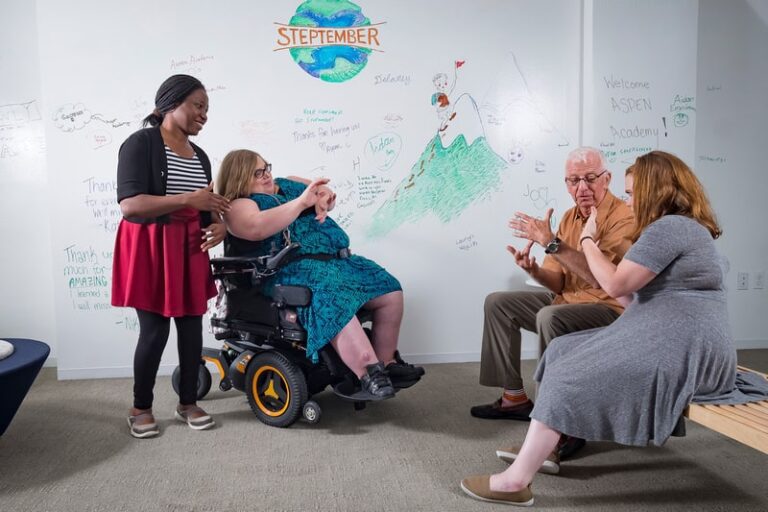










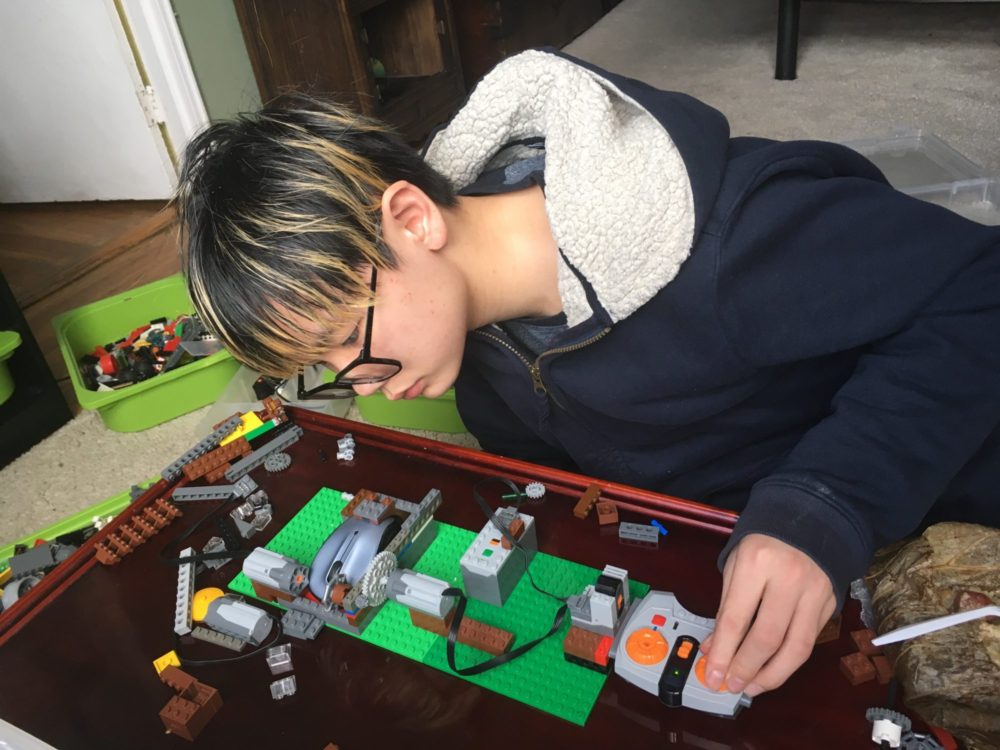
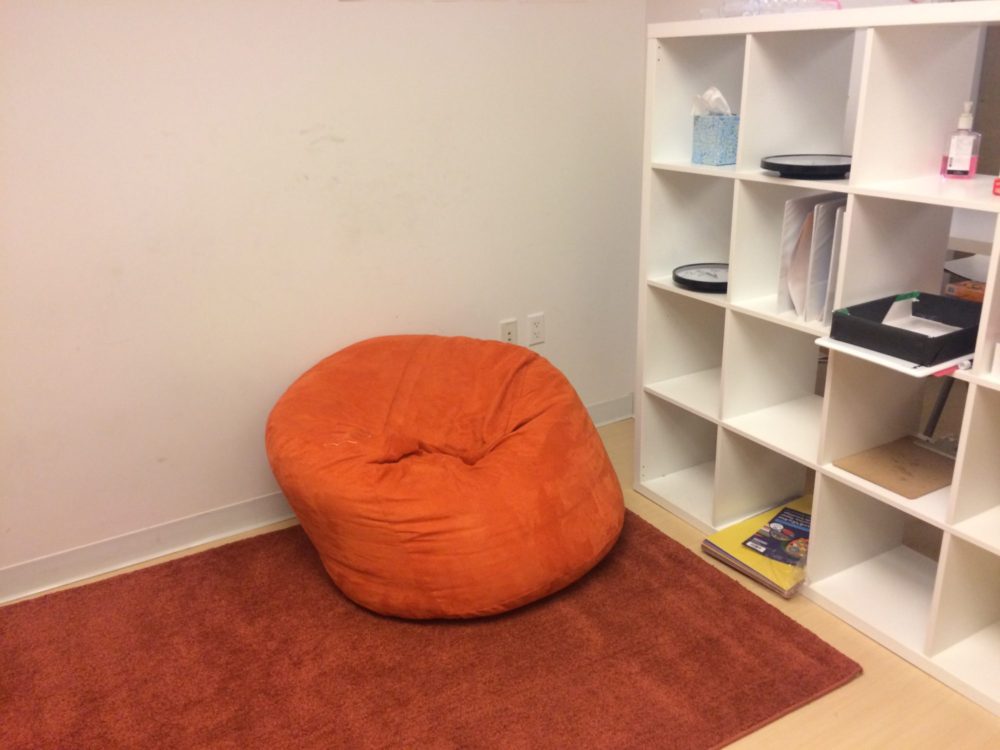
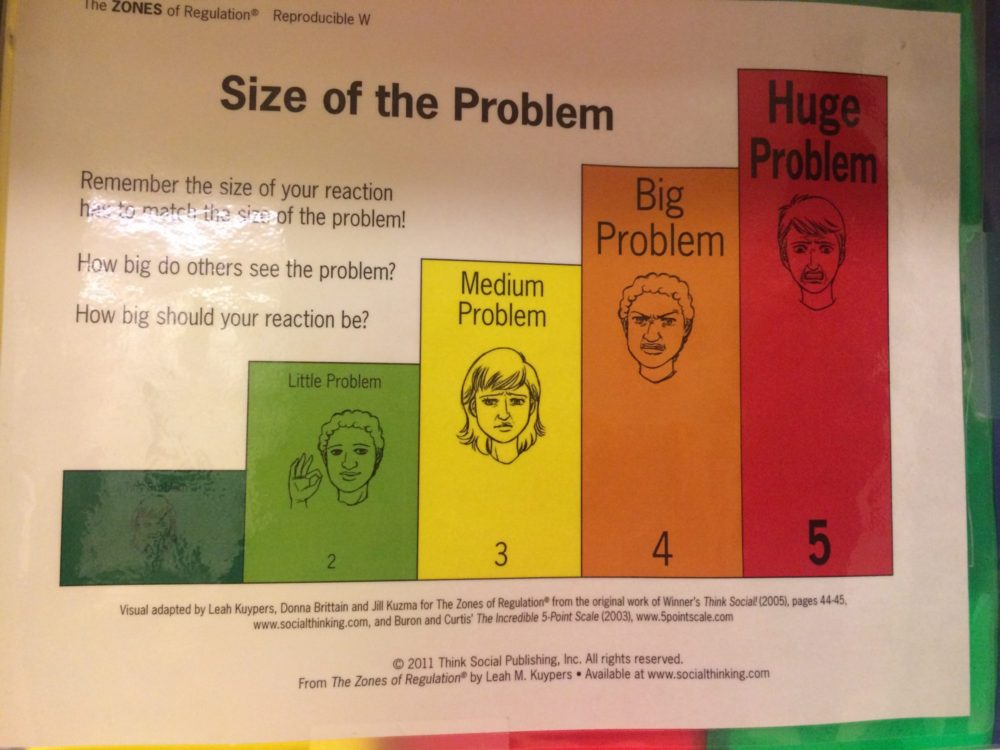






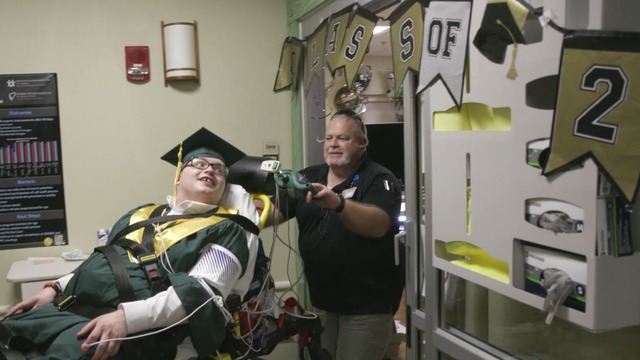 Photos courtesy of APH
Photos courtesy of APH

